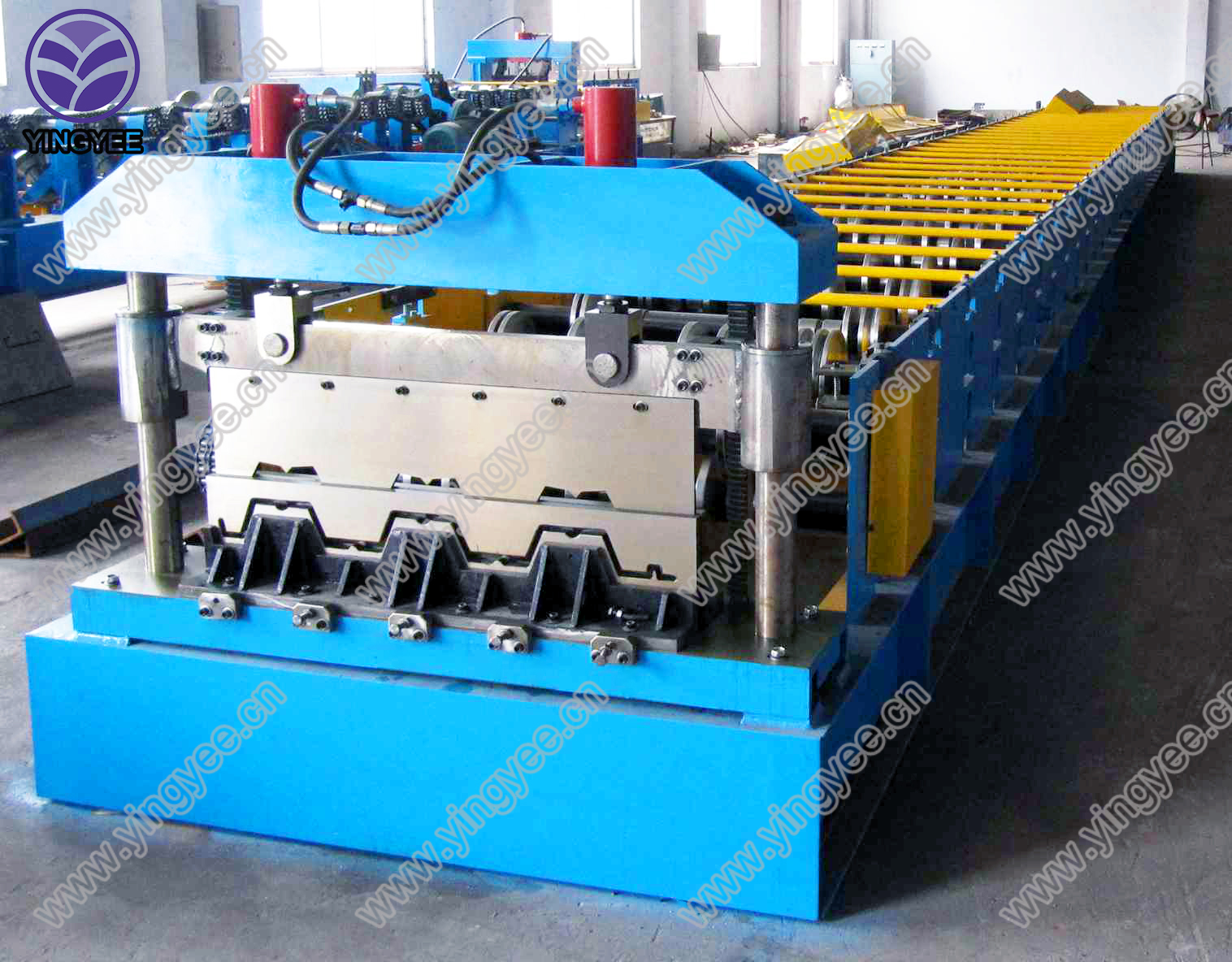
The Double Layer Roof Sheet Forming Machine Revolutionizing Construction
In the ever-evolving world of construction and manufacturing, the double layer roof sheet forming machine has emerged as a revolutionary tool that enhances efficiency, reduces material waste, and provides superior product quality. This innovative machinery is designed to produce double-layered metal roofing sheets, which are widely used in modern construction for their durability, aesthetic appeal, and cost-effectiveness.
Understanding the Technology
A double layer roof sheet forming machine operates by using advanced roll forming technology. The process begins with metal coils, which are fed into the machine. As the coils pass through a series of precisely engineered rollers, they are shaped and molded into roofing sheets. The key feature of this machine is its capability to form two layers of sheets simultaneously, hence the name double layer.
Typically, the machine consists of various components, including uncoilers, roll forming stations, hydraulic systems, and cutting tools. The uncoiling station unwinds the metal coil, while the roll forming stations shape the sheets to the desired profile. Hydraulic systems are employed for precision cutting, ensuring that each sheet meets specified length requirements without any excess material wastage.
Advantages of Double Layer Roof Sheets
1. Durability and Strength Double layer roof sheets are significantly more robust than traditional single-layer sheets. The additional layer enhances their resistance to weather elements, including heavy rain, snow, and strong winds, making them ideal for various geographical locations.
2. Insulation Properties The dual layers provide better insulation, which helps in maintaining comfortable indoor temperatures. This is particularly beneficial in both hot and cold climates, as it minimizes energy consumption for heating and cooling.

3. Aesthetic Appeal With a variety of profiles and color options, double layer roof sheets can complement the architectural style of any building. This versatility in design allows builders and architects to create visually appealing structures without compromising on functionality.
4. Cost-Effectiveness Although the initial investment in a double layer roof sheet forming machine may be higher than that of traditional machines, the long-term savings are substantial. The efficiency of producing two layers at once reduces labor costs and minimizes material waste, ultimately leading to lower overall project costs.
5. Speed and Efficiency The automated nature of the machine significantly increases production speed. With the ability to quickly change profiles, manufacturers can meet varying market demands without the need for extensive reconfiguration.
Applications in the Construction Industry
Double layer roof sheets are particularly popular in commercial, industrial, and residential construction projects. They are used in warehouses, factories, commercial buildings, and residential homes. Additionally, their lightweight nature means they can be installed on various structures without requiring extensive support systems, thus simplifying the construction process.
Conclusion
The double layer roof sheet forming machine represents a significant advancement in roofing technology, bringing together efficiency, durability, and design versatility. As the demand for high-quality construction materials continues to grow, this machine stands out as a critical investment for manufacturers looking to enhance productivity and maintain competitive advantage. By adopting this technology, businesses can not only meet the increasingly stringent requirements of the construction industry but also contribute to sustainable building practices through the reduction of material waste and energy consumption. This innovation is shaping the future of roofing solutions, and its impact on the construction industry will be felt for years to come.